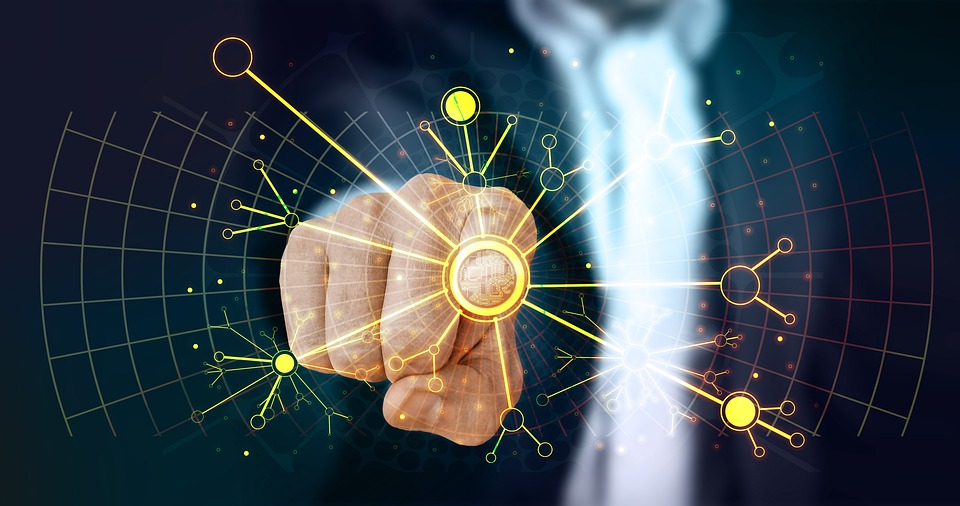SoftBank’s Humanoid Robot Pepper Set to Make its Mark in the US Market
After making waves in Japan and Europe, SoftBank’s humanoid robot Pepper is finally set to launch in the US market, marking a significant milestone in the field of robotics. The intelligent robot, designed to assist and interact with humans, is expected to revolutionize the way businesses and consumers interact with technology.
What is Pepper?
Pepper is a compact, 4-foot tall robot that uses advanced artificial intelligence and machine learning to understand and respond to human emotions and behavior. It is equipped with a range of sensors, including facial recognition, touch, and voice recognition, allowing it to detect and respond to human emotions. Pepper can perform a variety of tasks, including providing customer service, assisting with daily chores, and even entertaining users with music and dance performances.
Launch in the US Market
SoftBank has announced that Pepper will be launched in the US market in the coming weeks, with plans to introduce the robot to major retail chains, restaurants, and entertainment venues. The robot will be available for commercial use, allowing businesses to integrate Pepper into their operations and enhance customer experiences.
Potential Applications
Pepper’s versatility and range of capabilities make it an attractive solution for a wide range of industries, including:
- Retail: Pepper can be used to provide personalized customer service, offer product recommendations, and help customers navigate stores.
- Healthcare: Pepper can be used to assist patients, provide emotional support, and help with daily tasks such as medication reminders.
- Entertainment: Pepper can be used to entertain audiences with music and dance performances, and even host interactive shows and events.
- Finance: Pepper can be used to provide financial services, such as investment advice and account management.
Challenges and Opportunities
While Pepper’s launch in the US market presents significant opportunities for businesses and consumers alike, it also poses challenges. One of the key challenges is ensuring that the robot is able to seamlessly integrate with existing infrastructure and systems. Additionally, there may be concerns about the impact of Pepper on employment, particularly in industries where human customer service representatives are currently used.
However, SoftBank is committed to addressing these challenges through its partnership with leading businesses and organizations. The company is also investing heavily in research and development to continually improve Pepper’s capabilities and ensure that it remains at the forefront of robotics innovation.
Conclusion
Pepper’s launch in the US market marks a significant milestone in the development of humanoid robots, and represents a major opportunity for businesses and consumers to experience the benefits of robotics technology. With its advanced AI and machine learning capabilities, Pepper is poised to revolutionize the way we interact with technology, and we can expect to see significant developments in the field of robotics in the coming years.

